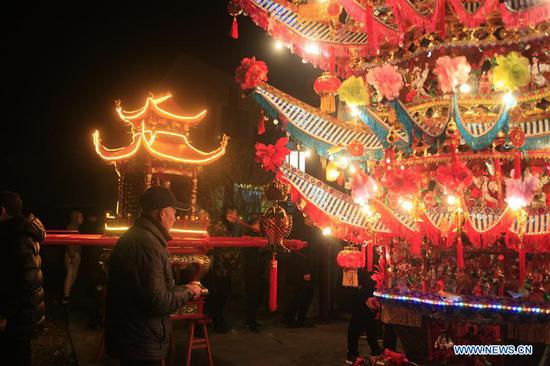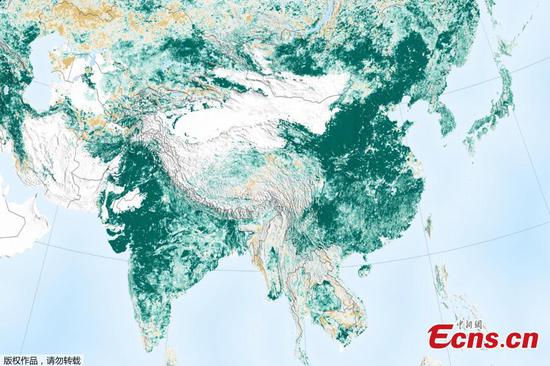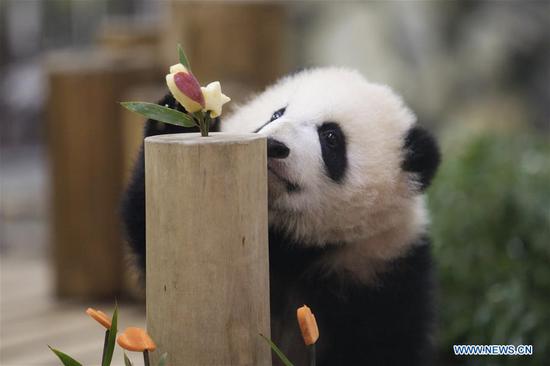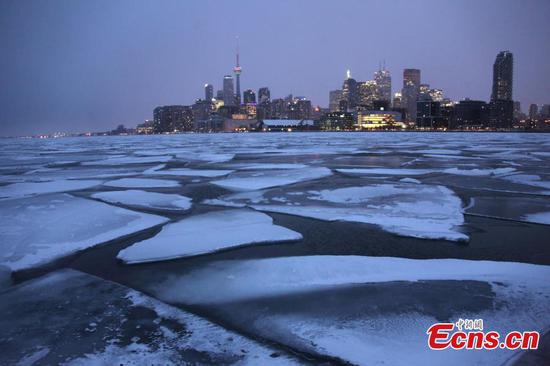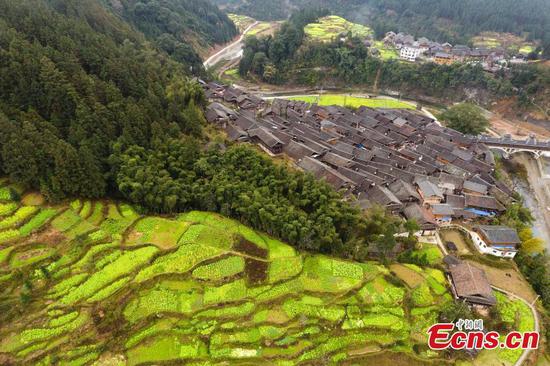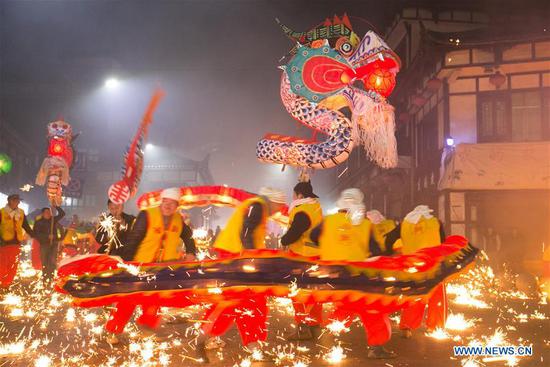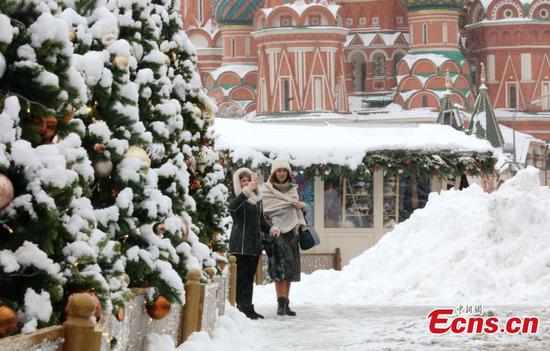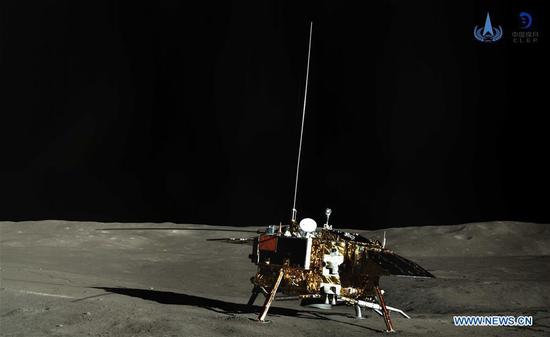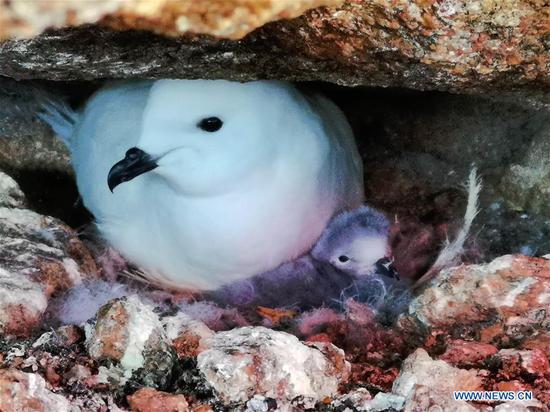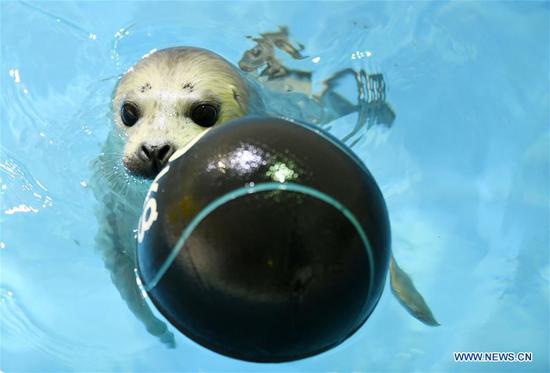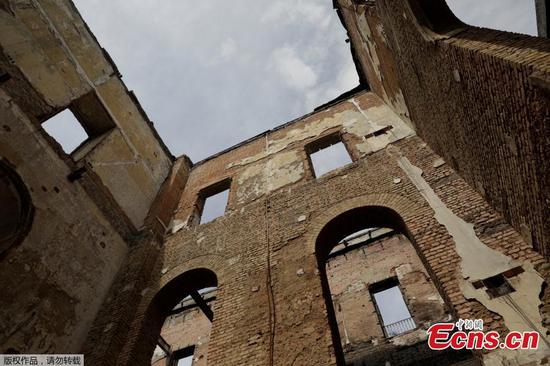Recently, a report went viral online claiming the base camp of Mount Qomolangma was "permanently closed due to heavy pollution." However, local authorities have denied the claim.
Mount Qomolangma National Nature Reserve in southwest China's Tibet Autonomous Region has banned ordinary tourists from entering its core zone to better conserve the environment of the world's highest mountain. But the mountaineering activities for those with a climbing permit will not be affected.
According to the nature reserve's administration, ordinary tourists are banned from areas above Rongpo Monastery, which is around 5,000 meters above sea level. A new tent camp will be set up nearly two kilometers away from the original one. It won't affect tourists who have a climbing permit to appreciate the mountain and mountaineering activities approved by the regional forestry department.
Covering an area of around 33,800 square kilometers including a 10,312-square-kilometer core zone, the reserve is home to one of the world's most vulnerable ecosystems. To conserve the environment surrounding Mount Qomolangma, China carried out three major clean-ups at an altitude of 5,200 meters and above last spring, collecting more than eight tons of household waste, human feces, and mountaineering trash.
This year, the clean-up will continue, and the remains of mountaineering victims above 8,000 meters will be collected and handled properly for the first time. Meanwhile, the number of people who stay at the base camp will be kept under 300. Currently, there are 85 wildlife protectors in the reserve, and 1,000 herders have part-time jobs patrolling and cleaning up garbage.
Mount Qomolangma is a great treasure from nature and it is our duty to respect its environment and the cultural heritage around it. Here we call for an environment-friendly trip to Mount Qomolangma and offer you some travel tips that will help conserve the region's natural and cultural beauty.
1. Take away your garbage:
Use environmentally-friendly and degradable products. When participating in outdoor activities, do not dump or bury waste batteries, plastic bags, and plastic bottles in the earth. It is better to pack it and take it back to the city for proper disposal. Don't litter scenic spots with cigarette butts.
2. Protect wild animals and plants:
Refuse to buy endangered wild animal products, such as Tibetan antelope, snow leopard, and brown bear. Do not pick flowers and plants in the natural environment. In case of any illegal hunting, selling or purchasing, please report to the Forestry and Grassland Administration of the Tibet Autonomous Region.
3. Photograph legally:
Photography or videos are not allowed inside temples without permission. Turn off the flash when taking photos. Many ancient buildings are not photographed for free. Do not photograph private or religious activities unless permitted. For the special ceremony of celestial burial in Tibet, please put aside your curiosity and never take photos. When taking pictures of animals, do not pose or even hurt them.
4. Prepare relevant permissions in advance:
In addition to religious areas, border areas, military bases, nature reserves, snow mountains, etc., relevant permissions should be processed before visiting. Don't rush into unpermitted areas.
(With input from Xinhua)













